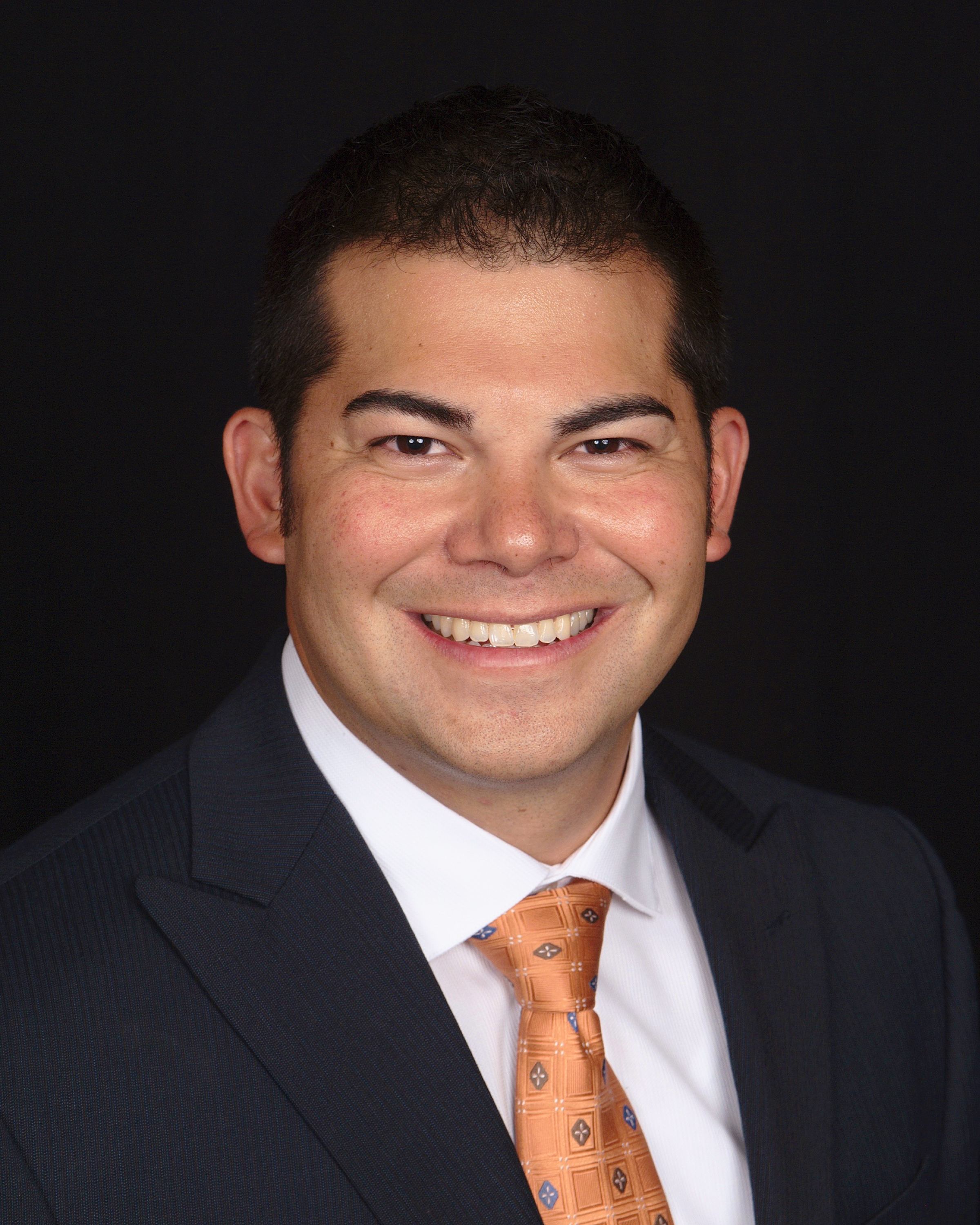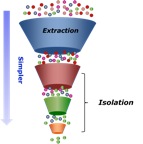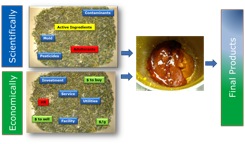It is now December of 2015 and we are one year removed from the loss at the polls of an amendment that would allow for full spectrum medical cannabis in Florida. The defeat of Amendment 2 allowed for the implementation of the Compassionate Medical Cannabis Act of 2014, albeit a rather rocky implementation, thus legalizing low THC, high CBD cannabis strains. I participated in many of the public meetings which took place and watched the different draft regulations set forth by the Florida Department of Health be debated, commented on and ultimately revised. The process underwent legal challenges and as of the publication of this, applications for five license holders were awarded.
As many might be aware, the Compassionate Medical Cannabis Act applicants were required to be nurseries continuously operating for over 30 years with a plant registration of 400, 000 plants as of the time of application. There were other relevant requirements, but the two foregoing were the most restrictive and narrowed the market of potential applicants.
Following in line with legislative means to put cannabis in the hands of a few large, Florida-centric entities, a Bill recently passed the Senate in Florida allowing for the expansion of the use of cannabis with higher THC content for patients with debilitating diseases under Florida Statute 499.0295. Presumably, the five licensees would then be authorized to expand their crop to include THC based plants and provide those to qualifying patients.
My fear all along has been that Florida would abandon the possibility of having a robust economic, yet patient-centric model not dissimilar to Colorado, Washington or Oregon, but more akin to what one might see in New York or what was narrowly avoided in Ohio. In fact, I have considered the possibility that should the new Amendment supported by United for Care passed, since that Amendment allowed for the Department of Health to promulgate the rules and regulations, that the Department could, assuming the five licensees are operational, merely give responsibility to the five licensees, allowing them to expand.
Alas, I believe, and I am happy to admit it, I may be wrong. In Florida, constitutional amendments require a review by the Office of Economic and Demographic Research. It is the focus of this body to analyze and report the economic impact that a particular amendment might have upon passage and effectuation. Data from numerous sources are reviewed and integrated into the Committee’s opinion. Of note, during my review of the October Economic Estimating Conference Meeting and Reports was the position taken by the Department of Health. Specifically, the Department of Health did not indicate that it could implement a system by merely expanding or working off of the framework it has for the Compassionate Medical Cannabis Act. Instead, the Department took the approach that a new set of regulations and guidelines, as well as departmental operations, would need to be implemented. In fact, it would need to be implemented to comply with the MMTC system authorized by the amendment. Whether one believes in the vertical model or one which licenses similar to Maryland and a few other states, the important point is that the Department of Health seemingly recognizes that a more robust model will have to be implemented.
So what does all this mean for patients and potential businesses in Florida? In regard to patients, I wish I could say that the potential for treatment through cannabis is foreseeable in the short term. However, I am not convinced of this. I do believe that the selections and process for which applications were selected under the Compassionate Medical Cannabis Act will be challenged, thus resulting in more delays. With regard to the Amendment and implementation should it pass, it will not be until the middle of 2017, approximately one and one-half years away. Should businesses begin preparations in Florida currently? In my honest opinion I believe it is hard to say. In the summer of 2014, I spent a lot of time counseling individuals and businesses on planning for the legalization of medical cannabis in Florida. Some clients were more aggressive than others and ultimately spent time and money, perhaps unnecessarily. On the flip side, I participated in the application process in Maryland and am of the belief that individuals who made application for Maryland cultivation licenses benefitted from an early start and preliminary planning.
I know a number of successful cultivators in legal states who moved on Maryland as a last minute decision once recognizing that although scored as part of an application, residency or lack thereof was not a bar to licensure. I am therefore of the opinion that certain preparation in advance is advantageous and allows alteration of the plan and adaptation at a later stage without wasting resources to accomplish much of the work that is capable of being accomplished in advance. I do believe there are a good deal of uncertainties, depending on how things move forward, as to what our model will look like and if that model will get into place, depending on the rollout of the Compassionate Medical Cannabis licenses as well as the possibility of some of the legislative initiatives catching wildfire, much as the Compassionate Medical Cannabis Act of 2014 did at the very end.















